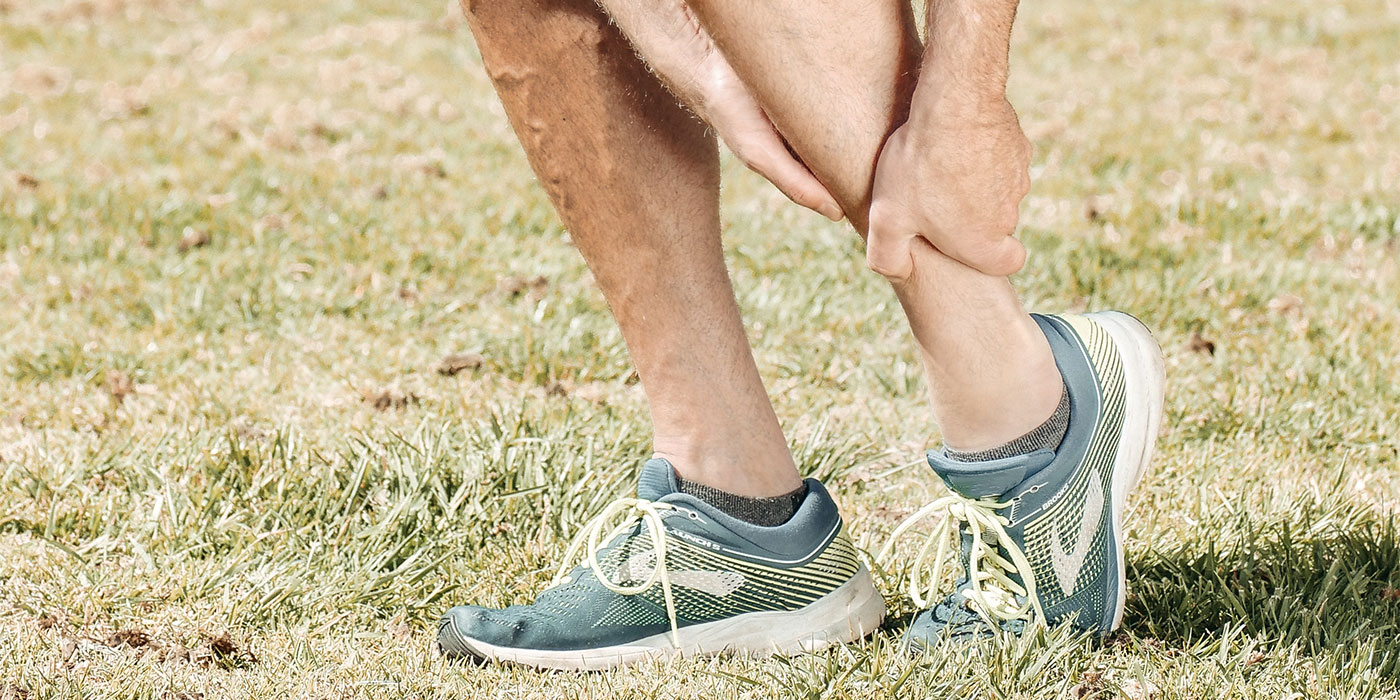Understanding Tendinopathy: A Deep Dive
Understanding Tendinopathy: A Deep Dive
Tendinopathy, a complex and often misunderstood condition, significantly impacts the body’s tendons. These tendons are robust, fibrous structures that play a crucial role in connecting muscles to bones. Typically, a healthy tendon is characterized by closely packed parallel collagen fibers. At Elevate Physio, we specialize in diagnosing and treating tendinopathy, which can manifest in numerous areas of the body. These areas include:
- Ankle: Achilles tendon
- Knee: Patellar Tendon
- Shoulder: Supraspinatus Tendon
- Elbow: Tennis Elbow or Golfer’s Elbow
The Diagnostic Challenge
Tendinopathy is a complex condition that is frequently misdiagnosed. It is, therefore, imperative to have your condition evaluated by a skilled clinician who can differentiate between various types of tendinopathies. Accurate diagnosis is the foundation for effective treatment.
Deciphering Tendinopathy Symptoms
Tendinopathy is characterized by impaired tendon function and pain. Pain often subsides during physical activity but intensifies the night after or the morning following exertion. It is common to experience symptoms during the initial movements after a period of rest or sleep. The severity of a tendinopathy injury varies based on the specific stage it’s in, making it essential to comprehend these stages.
Exploring the Three Stages of Tendinopathy
The scientific literature outlines three distinct stages of tendinopathy. It’s crucial to understand that without effective rehabilitation and prevention of re-injury, the damage to the tendon can become irreversible, leading to a chronic and potentially debilitating injury.
Tailored Treatment Strategies
For those seeking a safe return to sports or everyday activities, individualized assessment is paramount. A personalized, progressive rehabilitation program, combined with a gradual reintroduction to physical activities, is critical for a successful recovery from tendinopathy.
Considering Adjunct Treatments
In the world of tendinopathy management, several adjunct treatments are available, including shockwave therapy and corticosteroid injections. However, it’s essential to be aware of potential risks and limitations. For example, multiple corticosteroid injections can weaken the structure of the tendon, elevating the risk of tendon rupture. Shockwave therapy may provide initial relief from symptoms but must be used in conjunction with other modalities such as weight-based training to effectively enhance the tendon’s capacity and performance.
Professional Guidance and Support
If you’re in need of expert assistance in managing a potential tendinopathy injury, we encourage you to visit our clinic. Elevate Physio is your partner in a structured and comprehensive recovery plan, aimed at getting you back on track and enjoying a life free from the constraints of tendinopathy.









